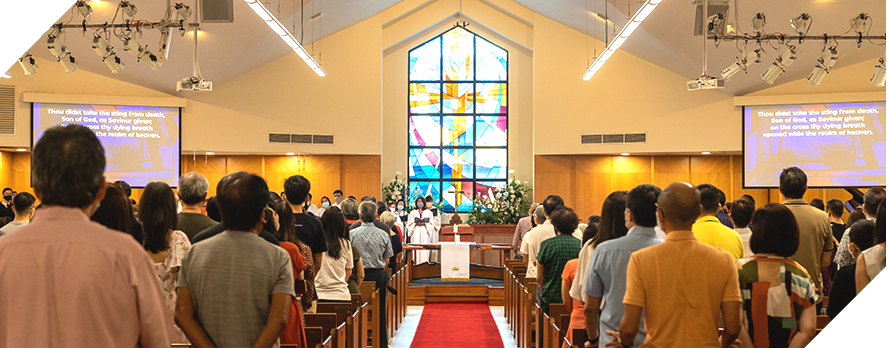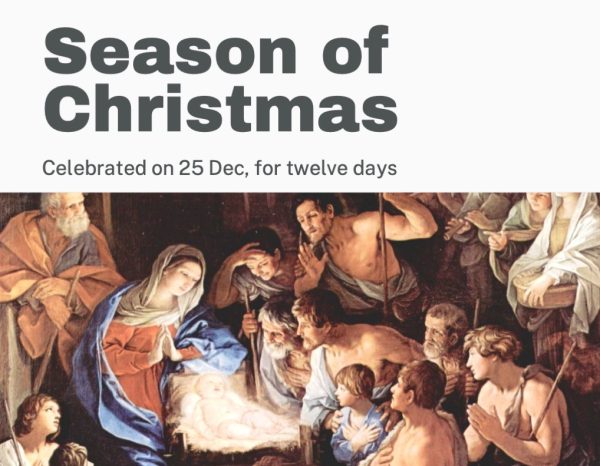
Event Calendar



WHAT IS IT?
Christmas is one of the two key moments of the Christian calendar (the other being Easter). It is not Jesus’ birthday we celebrate but the significance of his birth: God himself has come to us in Jesus Christ.
WHY DO WE CELEBRATE IT?
We rejoice that God has bridged the chasm between humanity and himself. We remember the events and circumstances around Jesus’ birth (a “nativity”) – a mini Gospel anticipating the suffering, death, and
resurrection of Jesus.
THE TWELVE DAYS OF CHRISTMAS
Like Easter, Christmas is such a big part of the story of God that one day alone is not enough to celebrate – hence the twelve days. The length holds no significance other than to lead into Epiphany, 6 January.
WHAT DO WE DO?
Services take on a celebratory note. The night before Christmas is often a candlelight vigil. Midway through the season, on New Year’s Eve, Methodists gather to renew our baptismal covenant with God.
White is used as a symbol of joy.
The Gospel is retold, with an emphasis on the Nativity.
Christmas carols are sung throughout the twelve days.
CHRISTMAS AND PAGANISM
Christians do not believe that 25 Dec is the actual date of Christ’s birth. Rather, the date has origins in the pagan observance of the winter solstice. Christians have never been shy to shine the light of
Christ on cultural practices, revealing its true significance. Hence, new meanings have been given to the solstice – there is indeed a renewal of life, and this comes in the person of Jesus.
REFERENCES
Alexander, J. Neil. Celebrating Liturgical Time: Days, Weeks, and Seasons, 2014.
Lathrop, Gordon. Holy Things: A Liturgical Theology. Minneapolis, MN: Fortress, 1999.
The United Methodist Book of Worship. Nashville, TN: The United Methodist Publishing House, 1992.